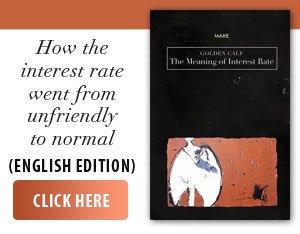In a rural Romania in constant change, concurrent schooling has become not just an exception, but a rule in more and more communities. The number of classes in which students learn different content at the same time, alongside colleagues from different years, is increasing, showing an educational reality marked by demographic decline, geographical isolation and lack of alternatives. Tulcea and Sălaj counties offer a faithful radiography of this phenomenon.
• Concurrent education: from exception to necessity
According to data provided by the Tulcea County School Inspectorate, in the 2025-2026 school year it is estimated that there will be 62 simultaneous classes in the primary cycle (compared to 60 in the previous year), with 774 students (up from 756 last year). At the gymnasium, the increase is more pronounced: 311 students in 27 simultaneous classes, compared to 261 students in 24 classes in 2024-2025. "It is a necessity. In isolated areas or with a small school population, simultaneous education is the only viable option. The trend is increasing,' said the general school inspector of Tulcea County, Viorica Pavel. In the village of Chilia Veche, simultaneous education has become the norm in the primary cycle for several years, and starting this fall it will also be introduced at the gymnasium level. Teachers will have to teach different content to different classes simultaneously, a major professional challenge.
• Sălaj: over 2,500 students in simultaneous classes
In Sălaj County, the phenomenon is also visible. In the 2025-2026 school year, 2,537 students in primary and secondary education will learn in 193 simultaneous classes, representing 13% of the total number of students. In total, 138 simultaneous classes are planned in primary and 55 in secondary, all in rural areas with only three exceptions. The general school inspector, Gheorghe Bancea, emphasizes that organizing simultaneous classes is often the only way to keep schools open in isolated villages: "Where we do not have a minimum of 10 students per class level, we are forced to resort to the simultaneous system. It is an old practice, but very demanding.'
• Isolation and Innovation
The simultaneous system is not a choice, but an adaptation. In the absence of a flexible educational infrastructure, support programs for isolated areas, and coherent demographic strategies, rural Romania remains in search of a balance between the right to education and social realities.















































